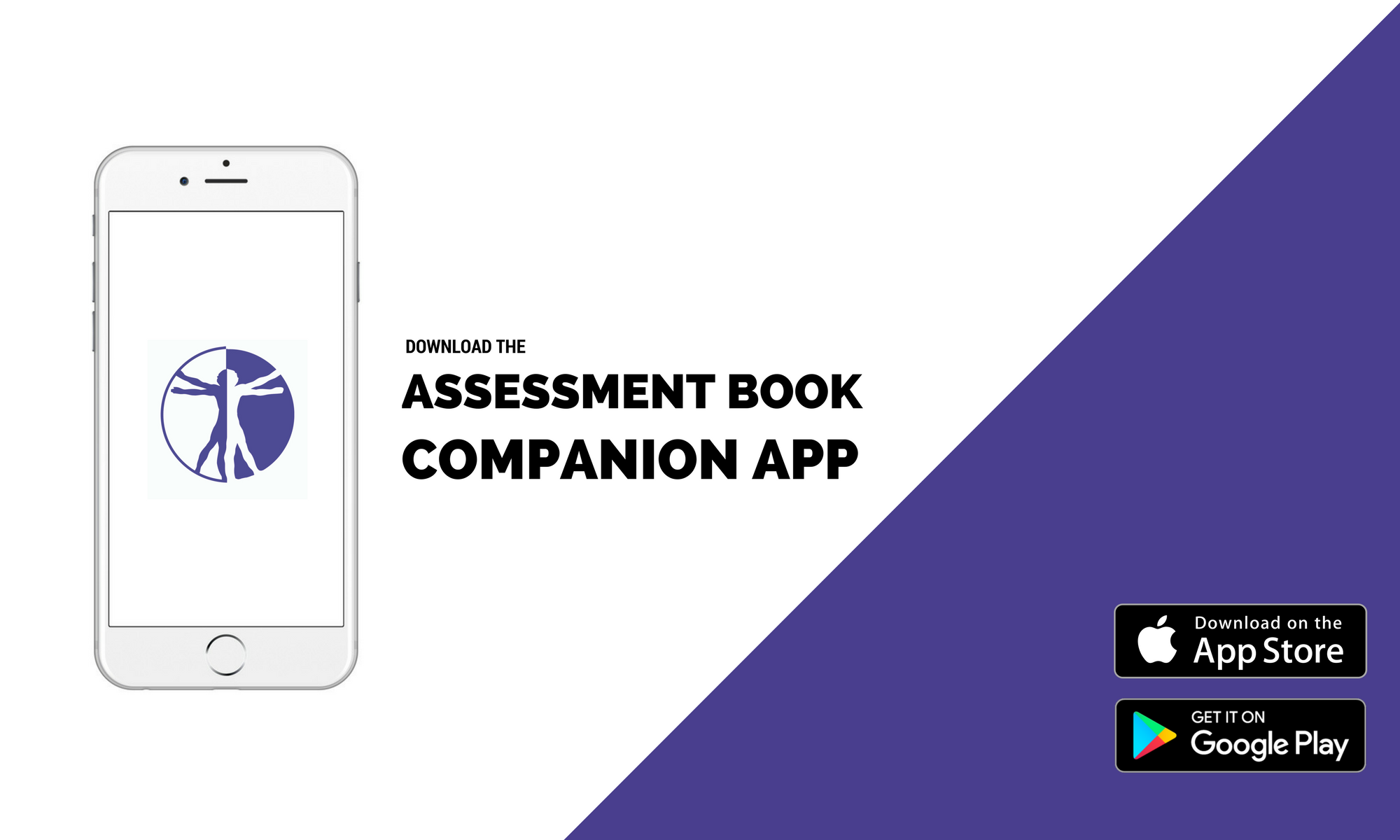Execution:
- Patient is in sitting position at the long end of the treatment table with the hips in neutral (no adduction or abduction)
- The patient is asked to fold the hands behind the back and to slump into thoracic and lumbar flexion with the head still erect
- The examiner applies gentle overpressure at the upper thoracic spine (to maintain the slump) and asks the patient to bring the head to the chest while applying overpressure
- The examiner then passively extends the patient’s knee and adds dorsiflexion (if symptoms are not produced yet)
- Optional: Neck flexion is released and the patient is asked to look up to reduce stretch of the dura and to confirm that symptoms are due to dural stretch
Positive Outcome: Reproduction of patient’s familiar neurological symptoms like shooting pain or paresthesia
| Study | Reliability | Sn | Sp | LR+ | LR- |
| van der Windt et al. (2010) | NA | 44-87 | 23-63 | NA | NA |
| Comment: Sensitivity was lower with a strict cut-off point (pain below the knee) and specificity slightly better. Sensitivity increased using a milder cut-off value (pain anywhere). | |||||
![]()
